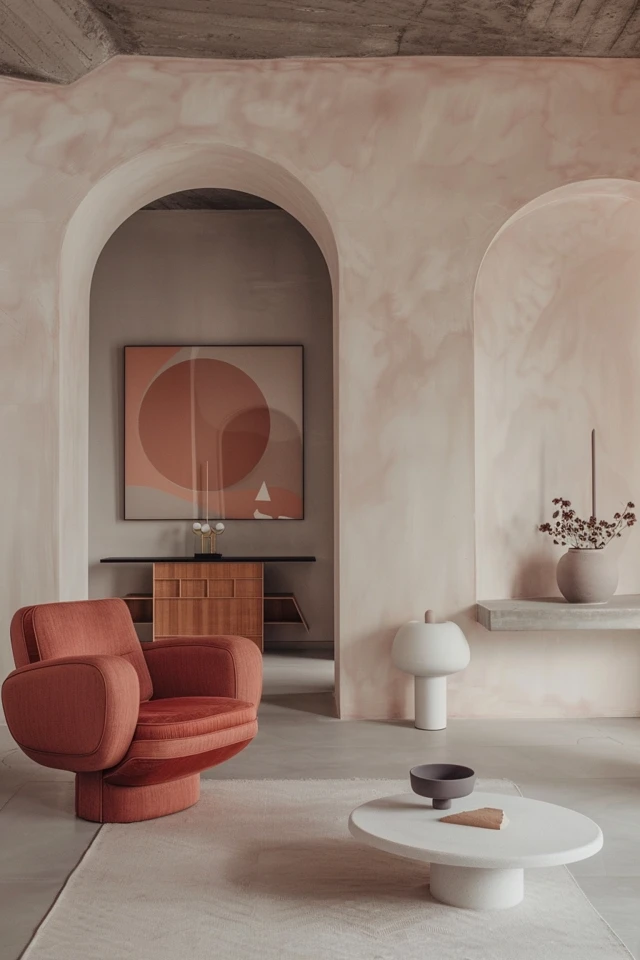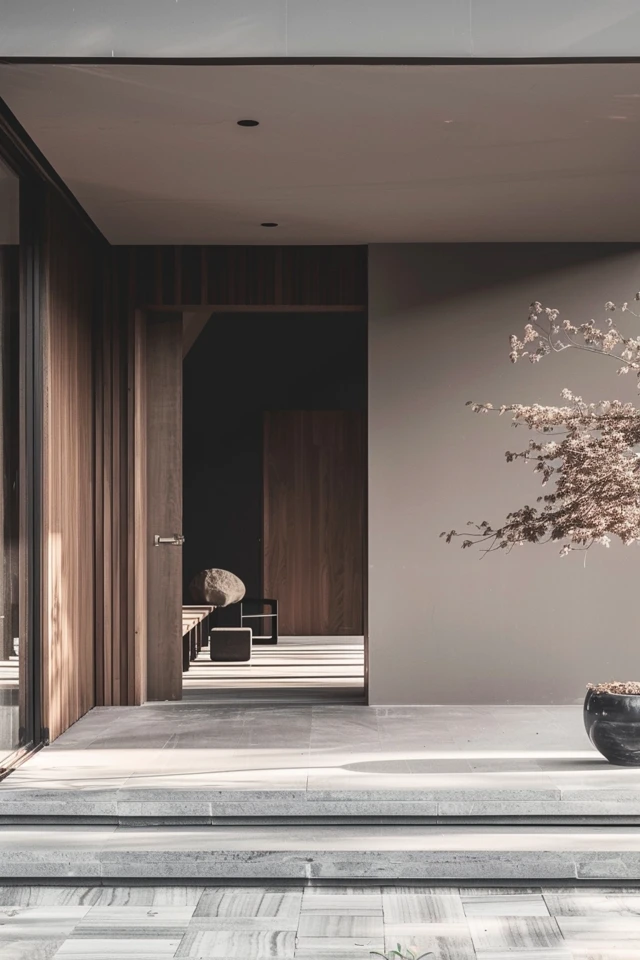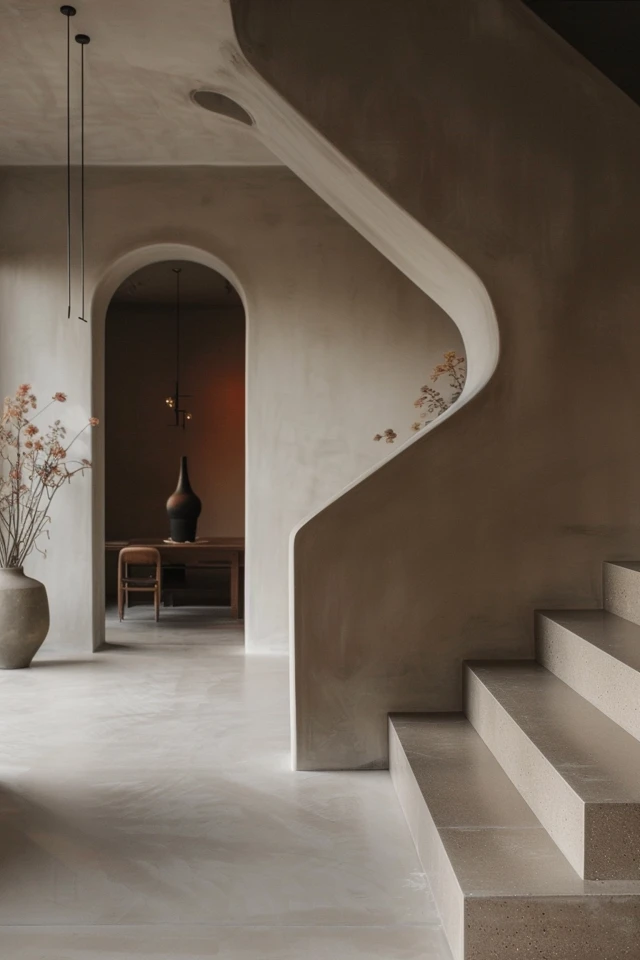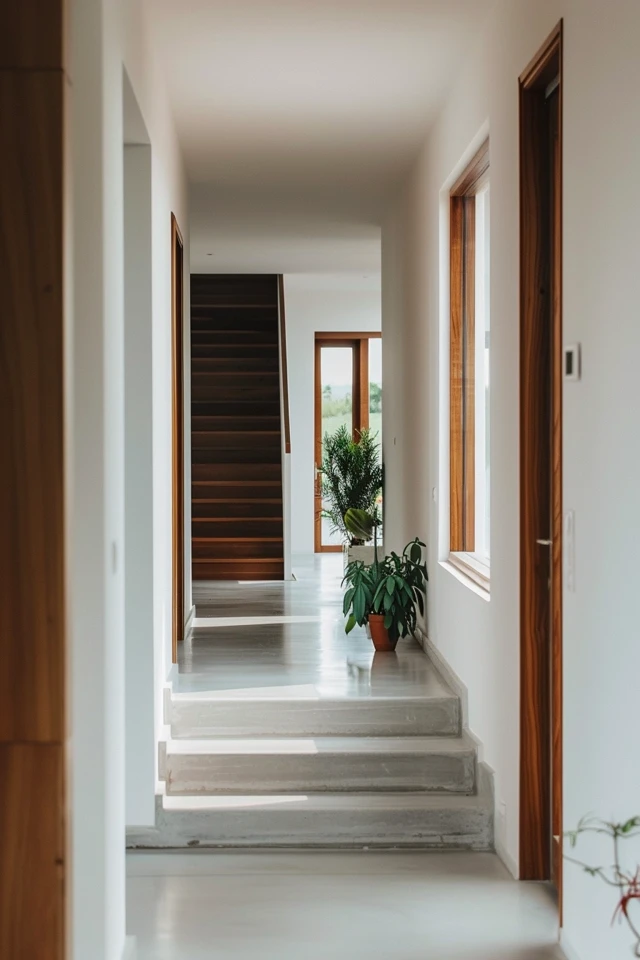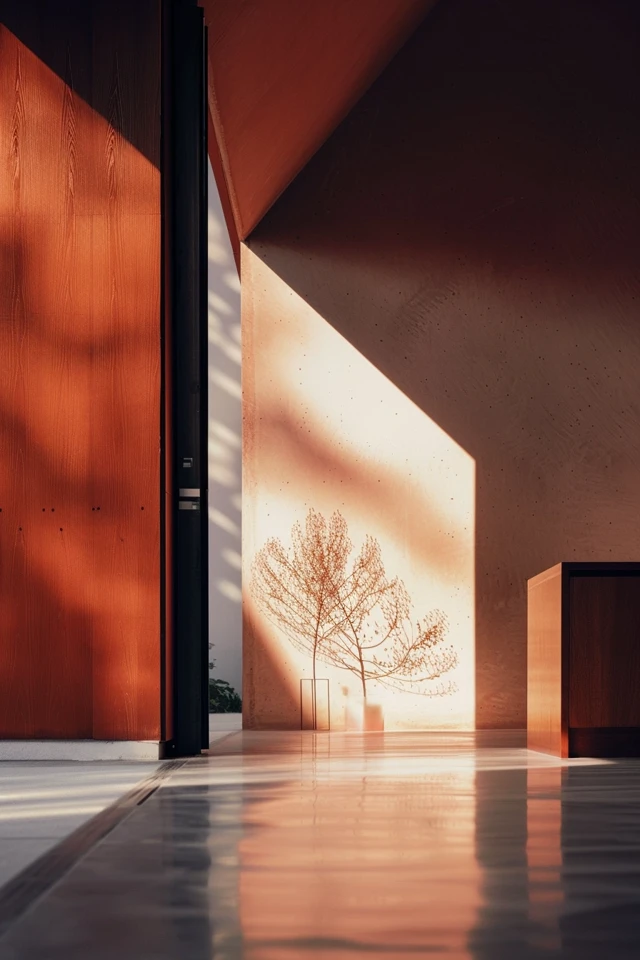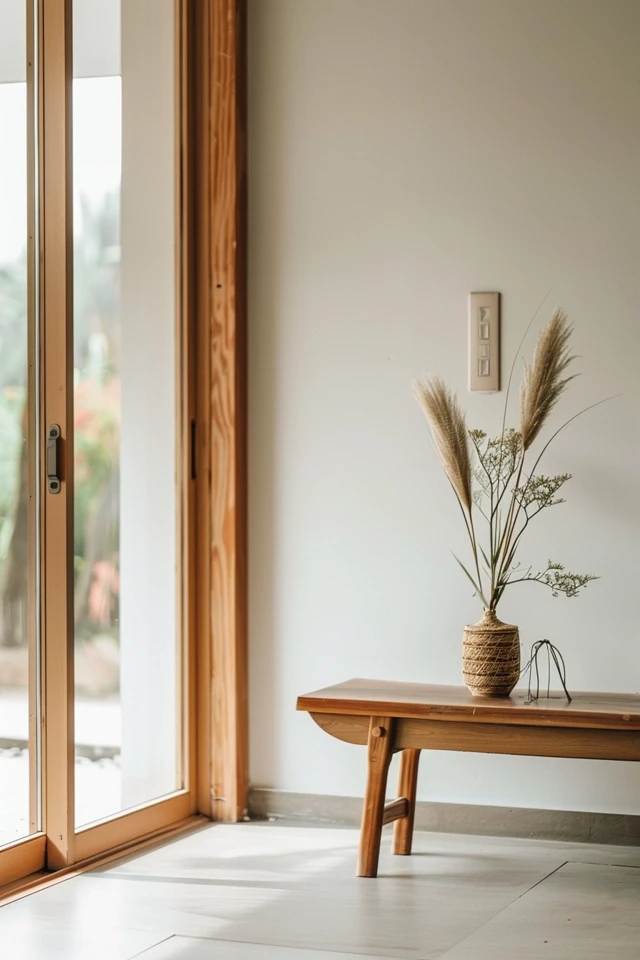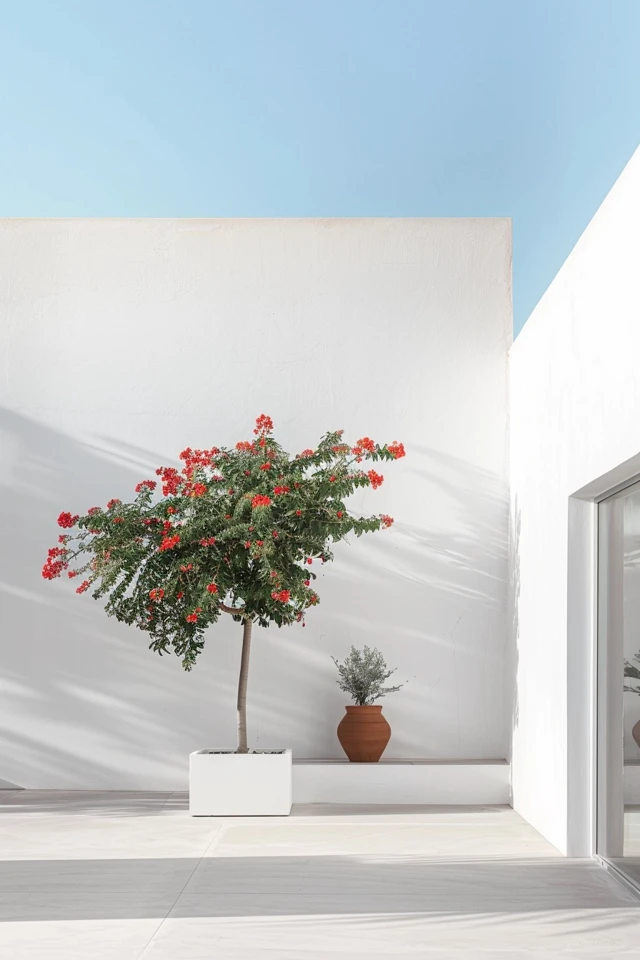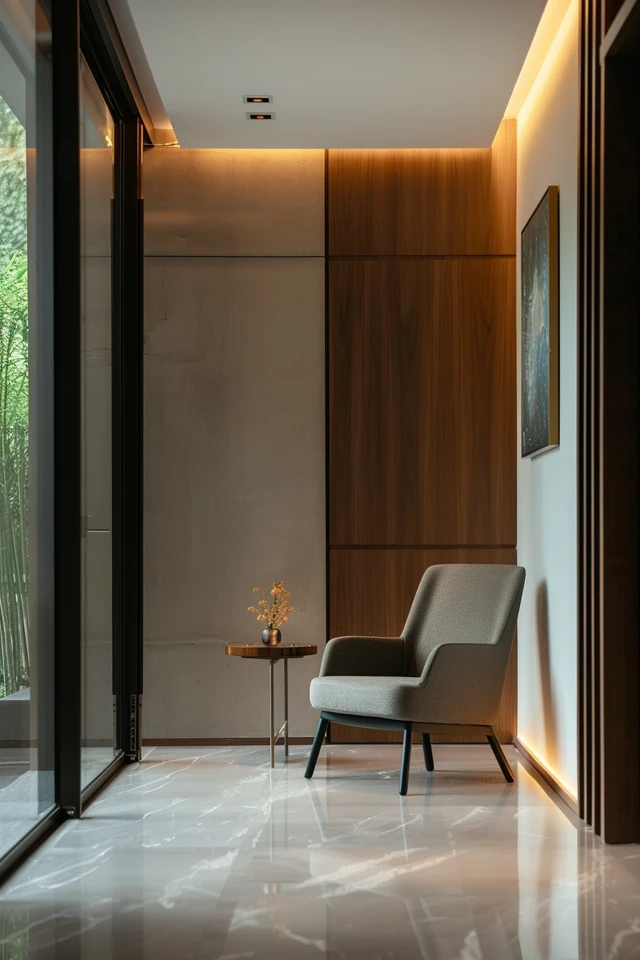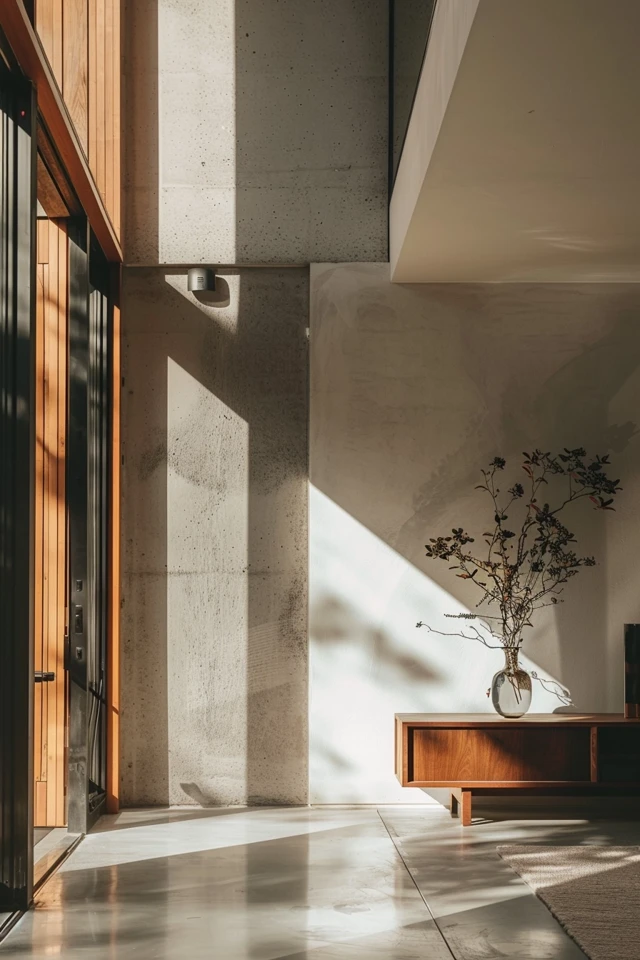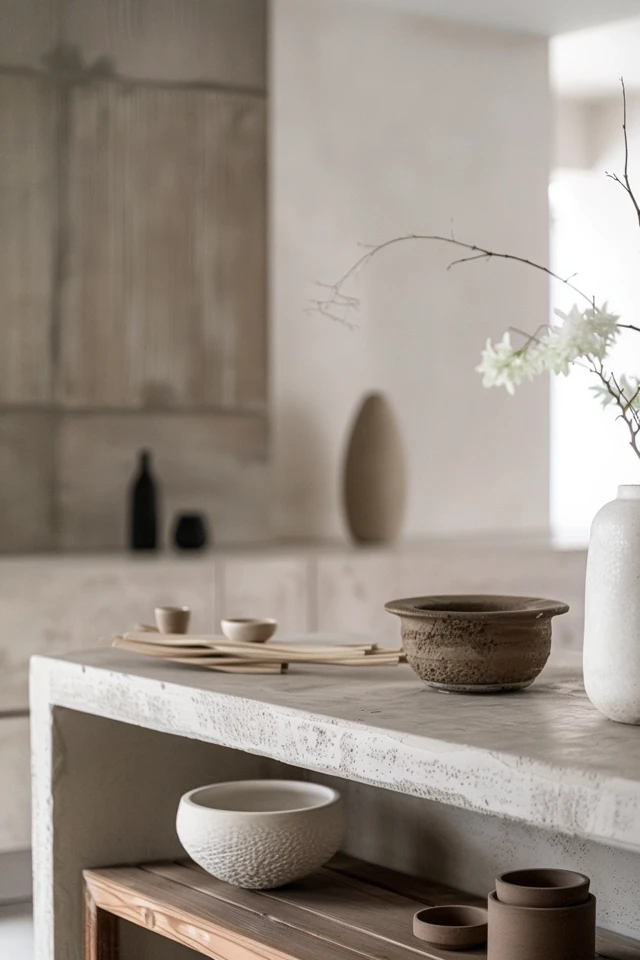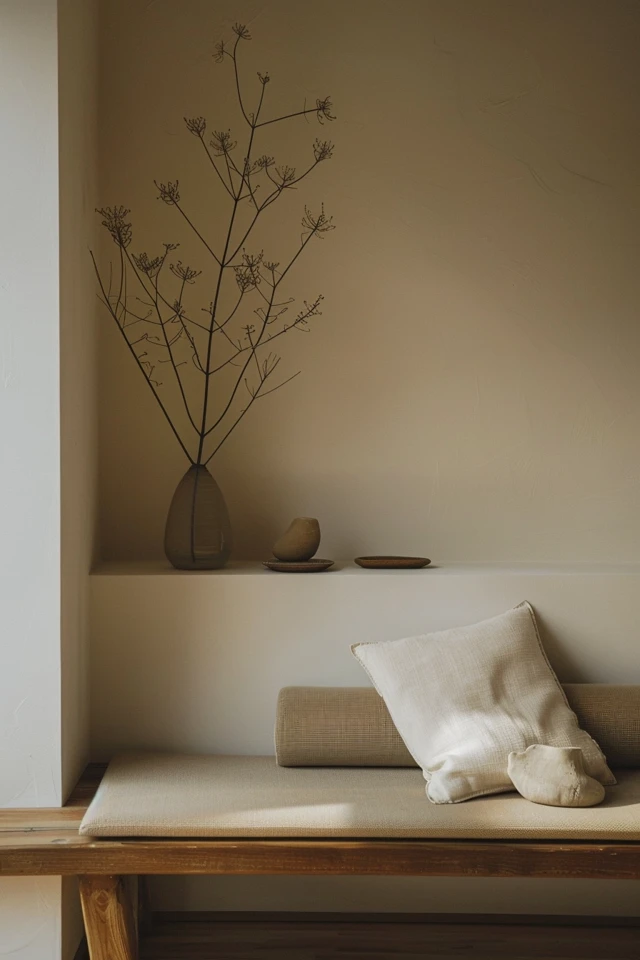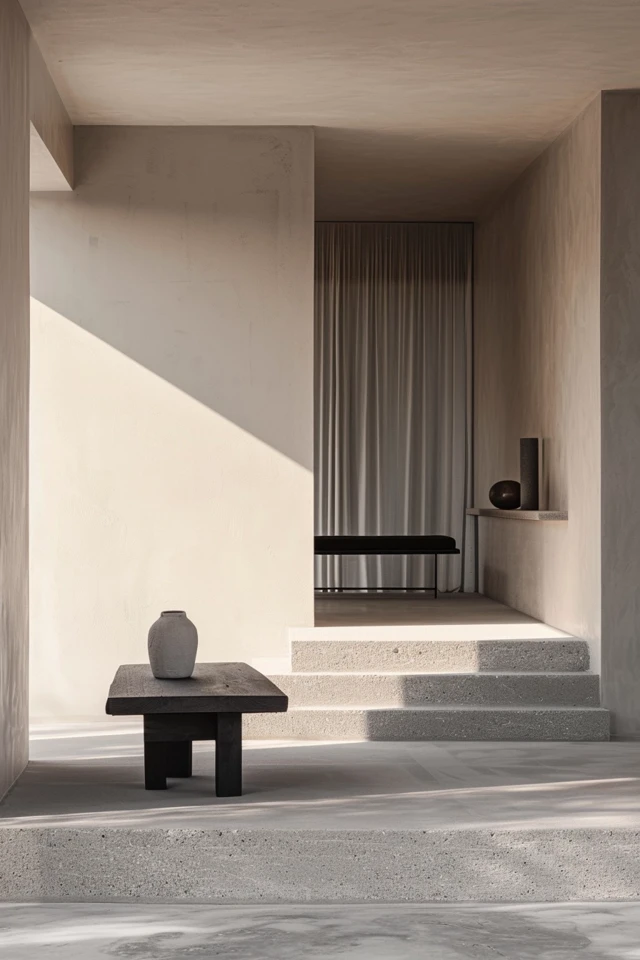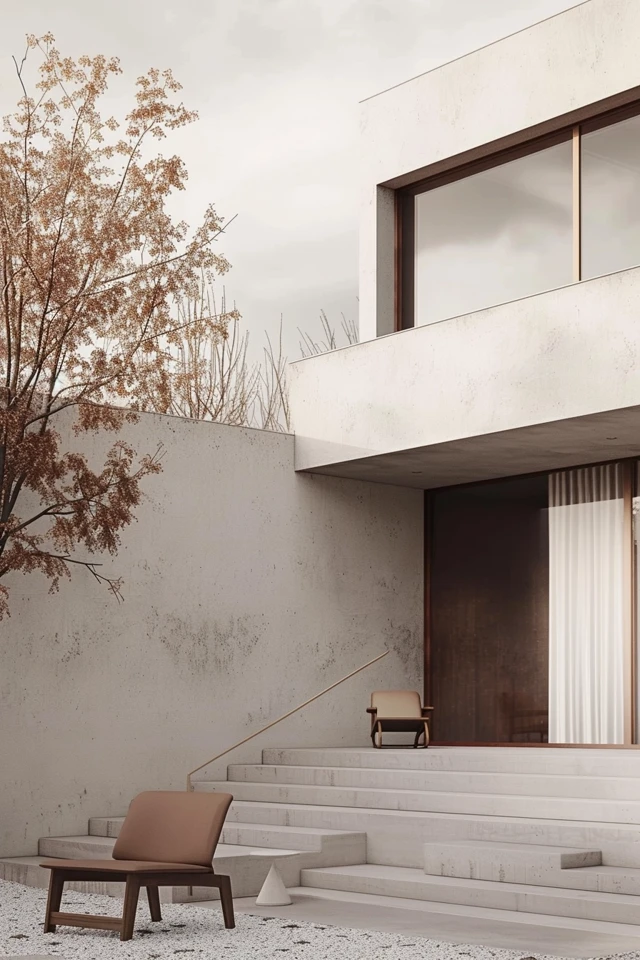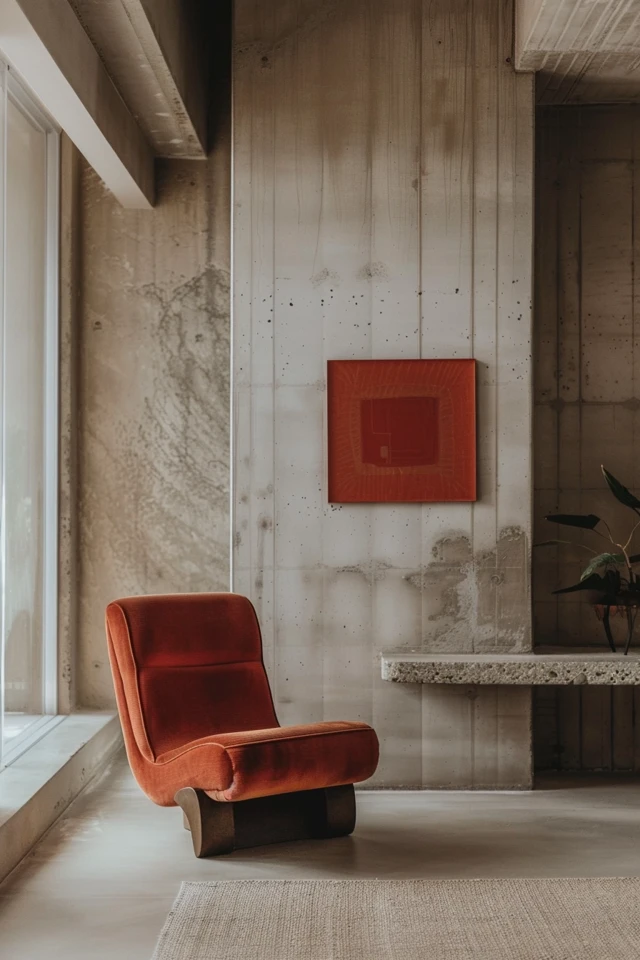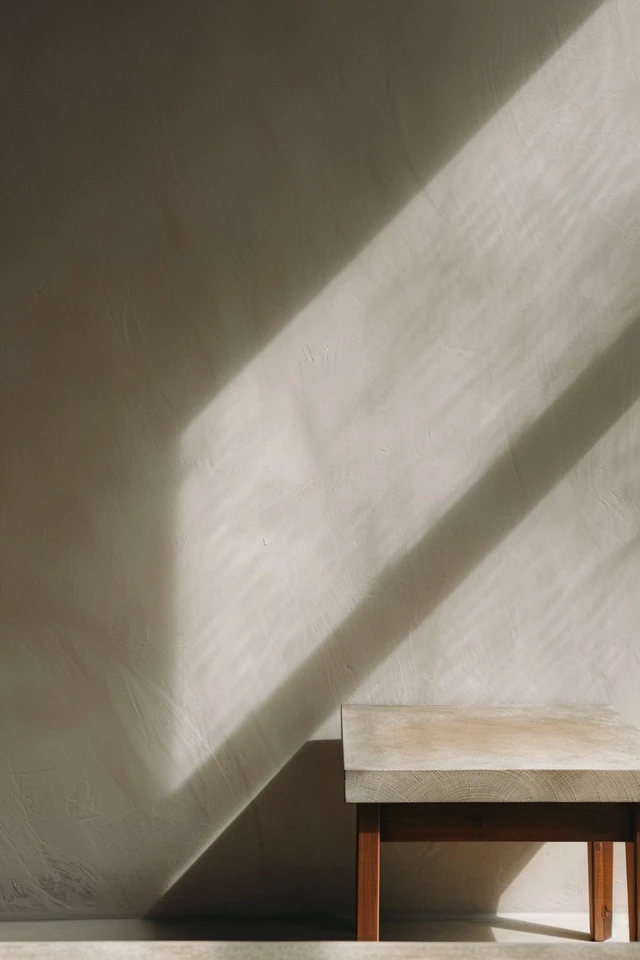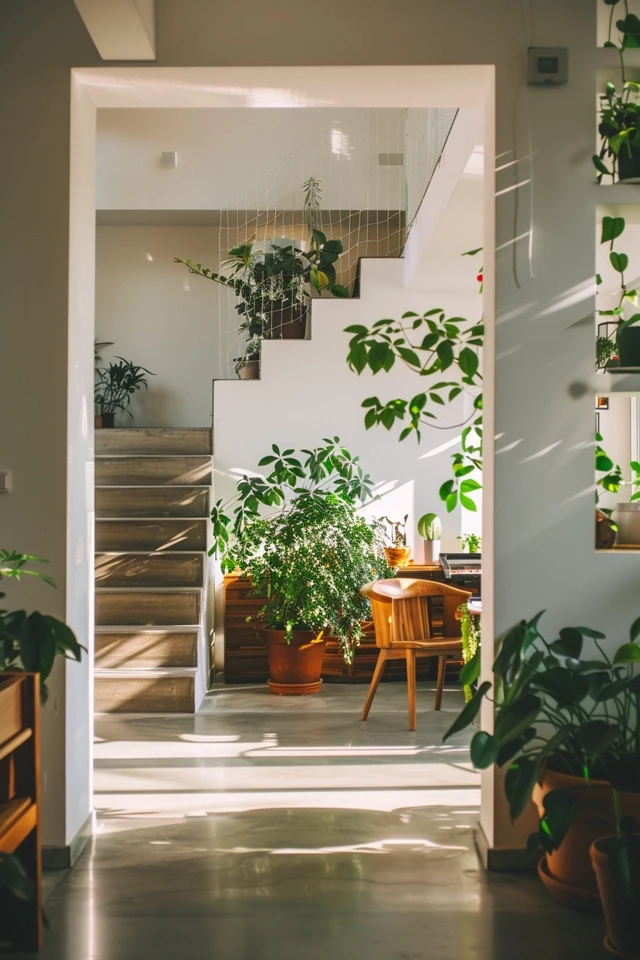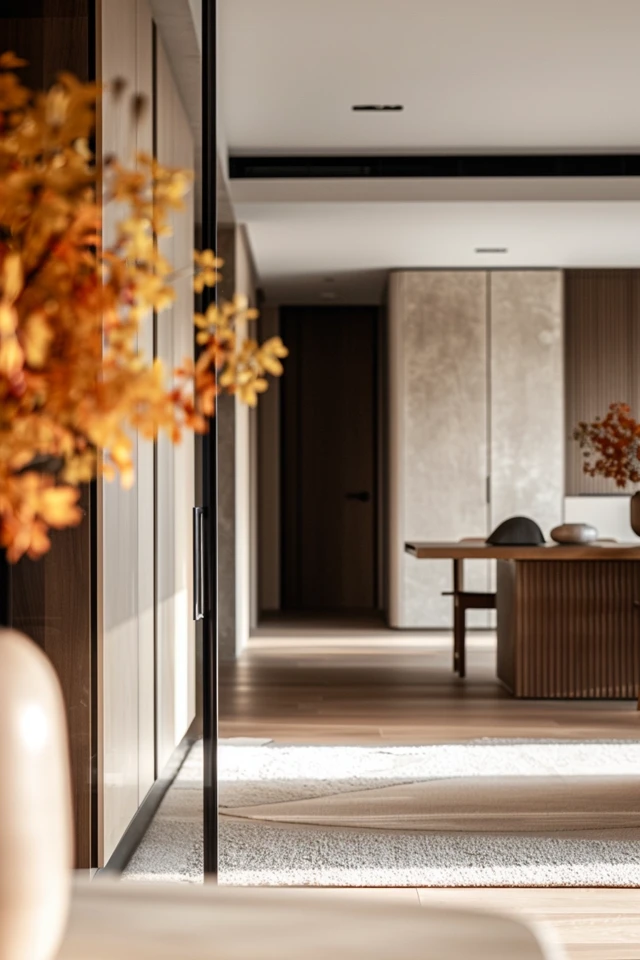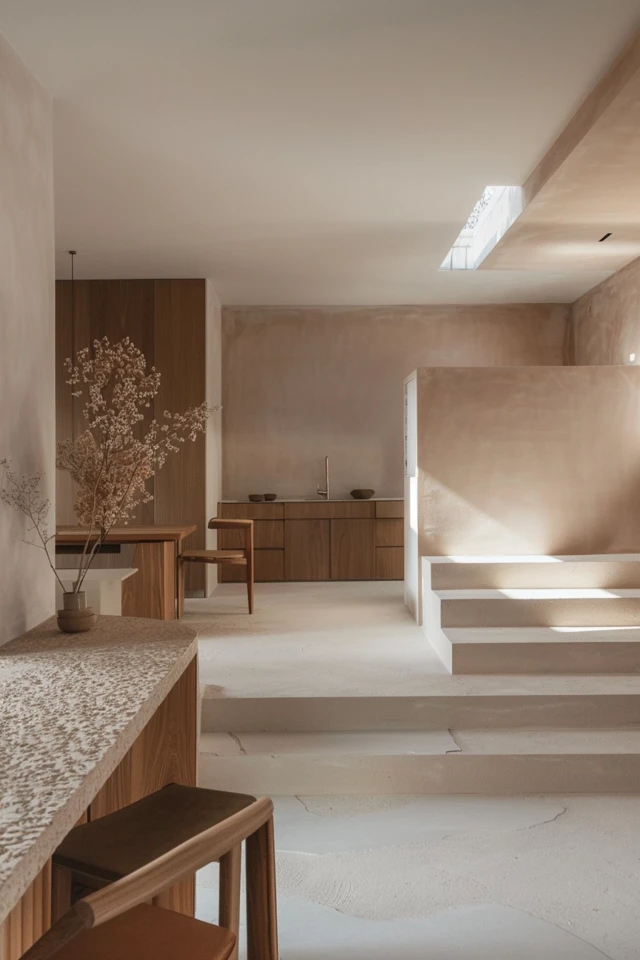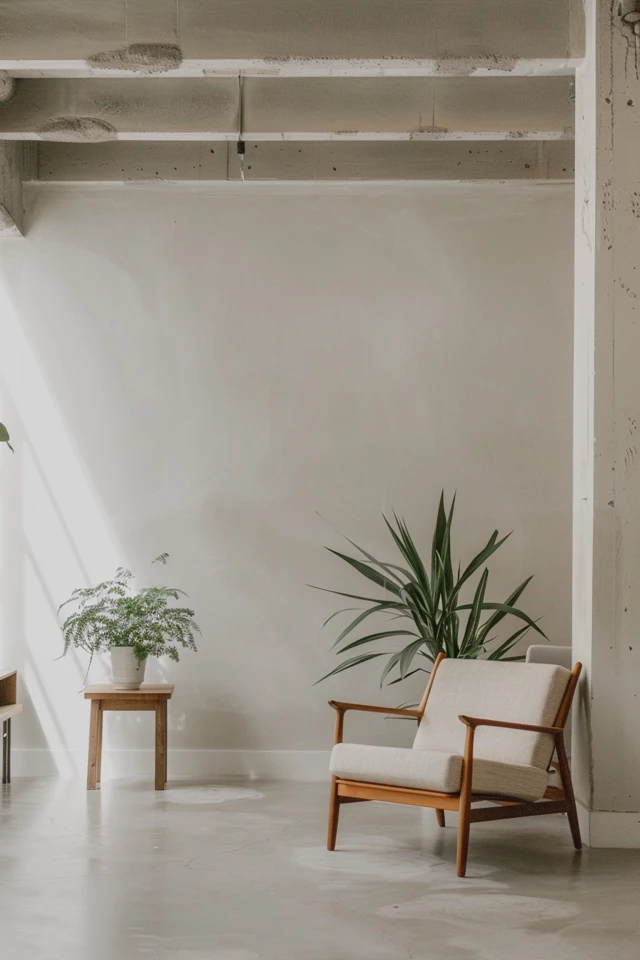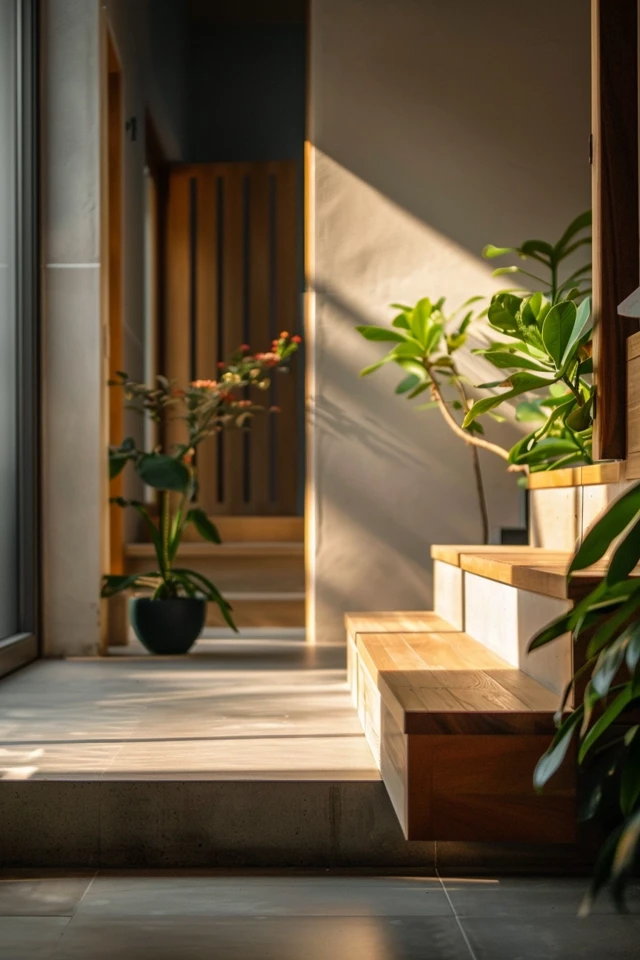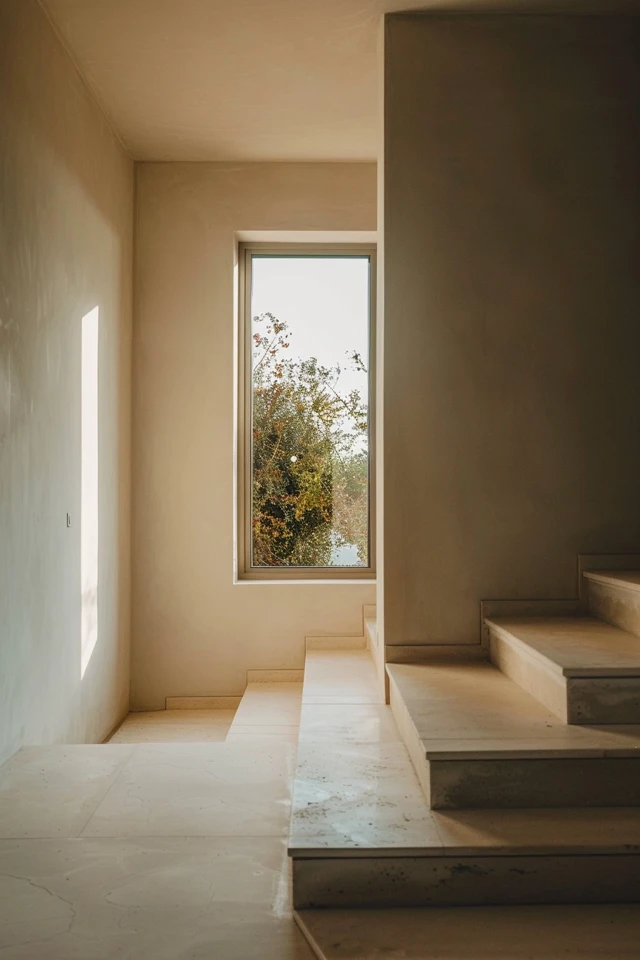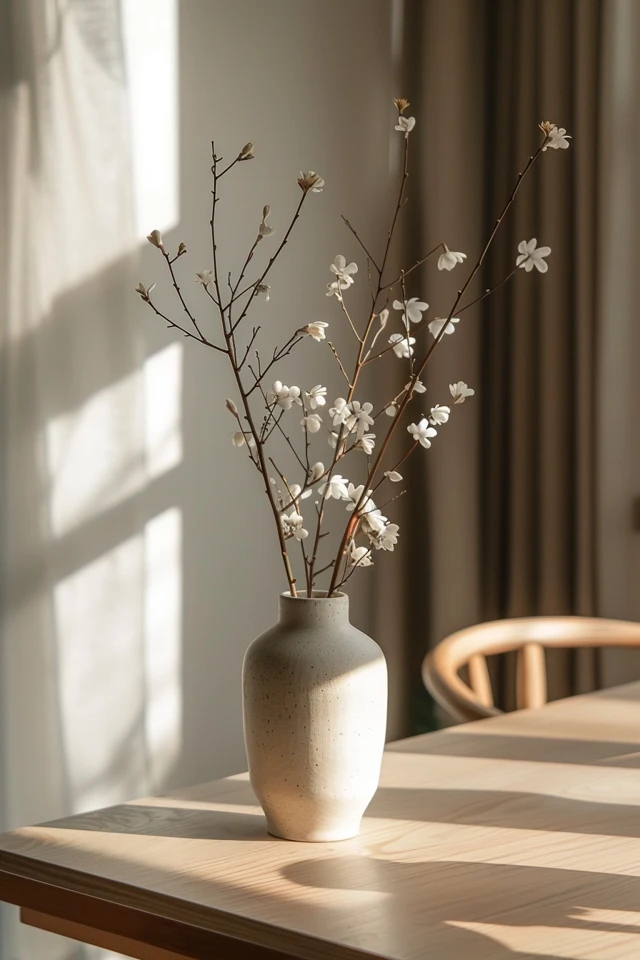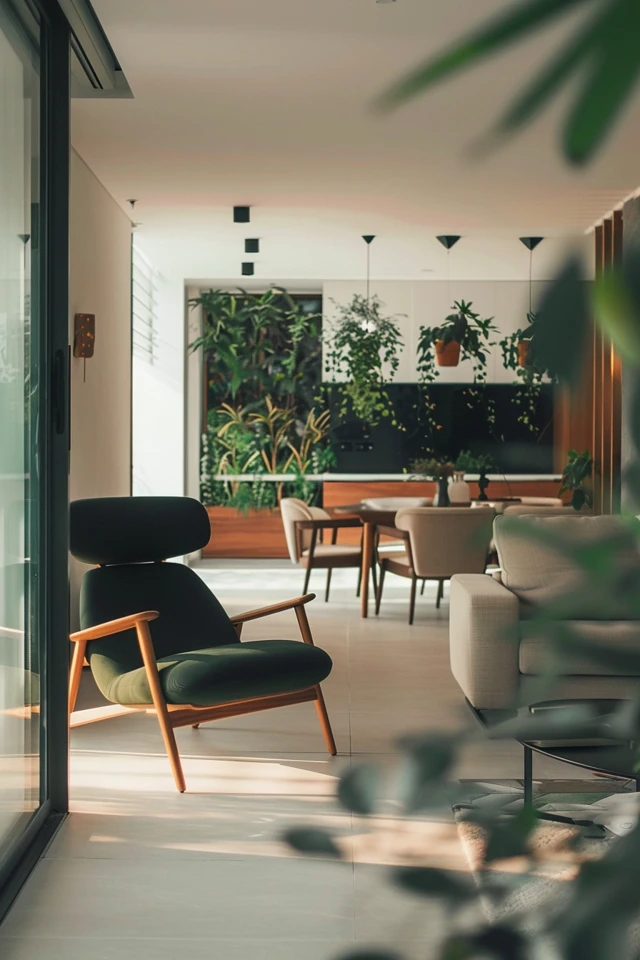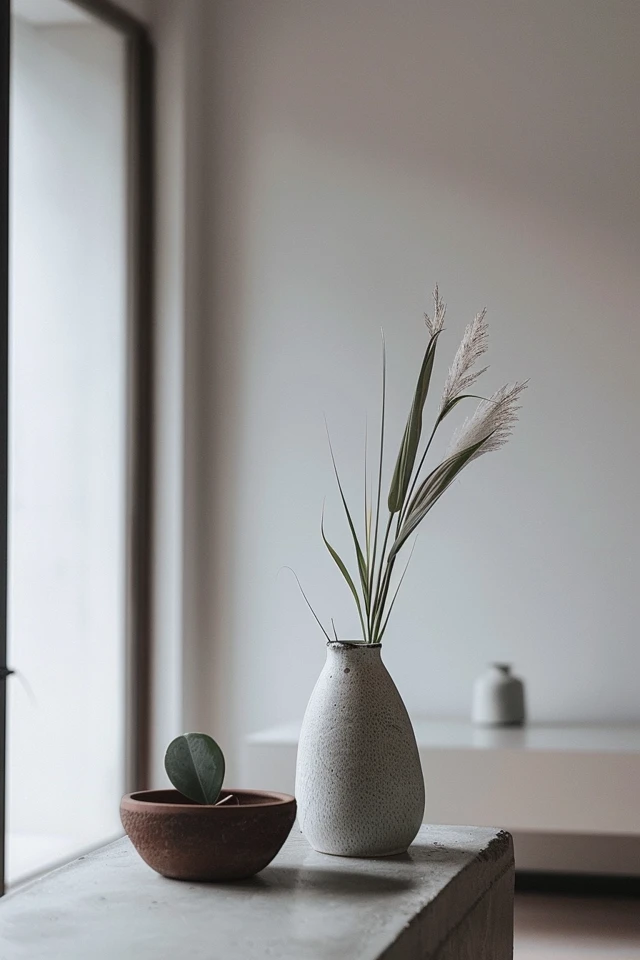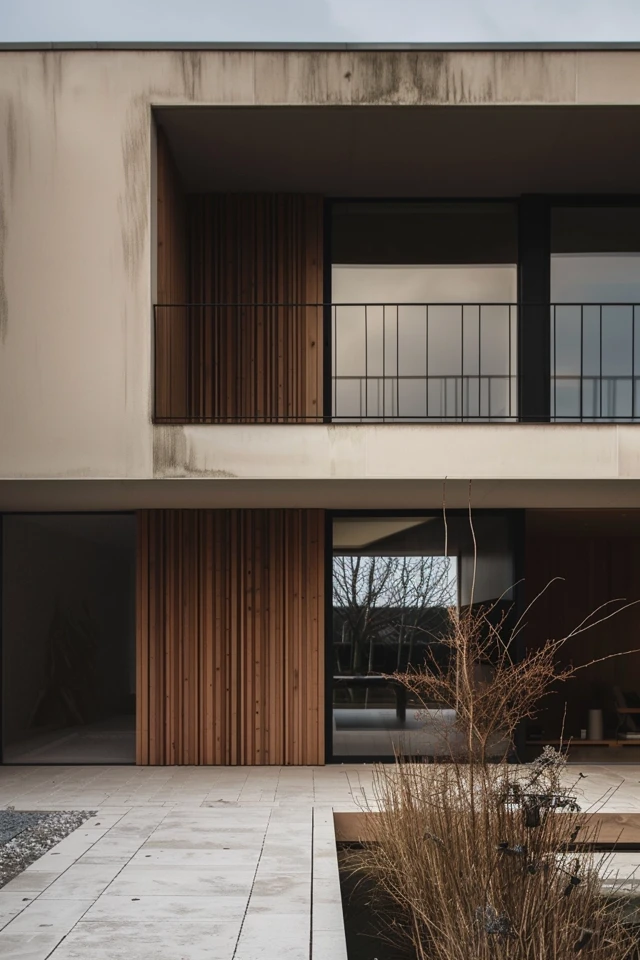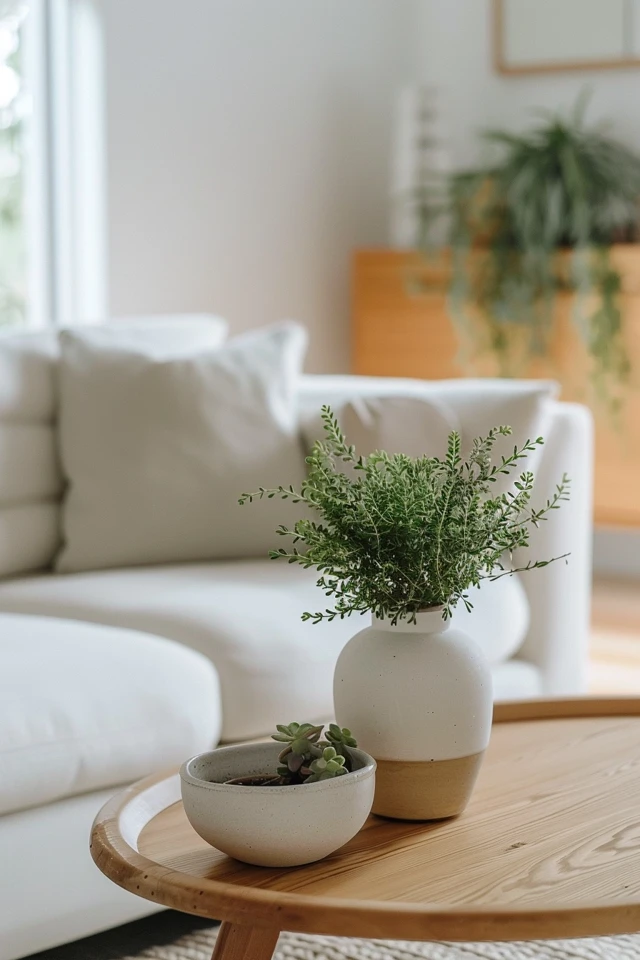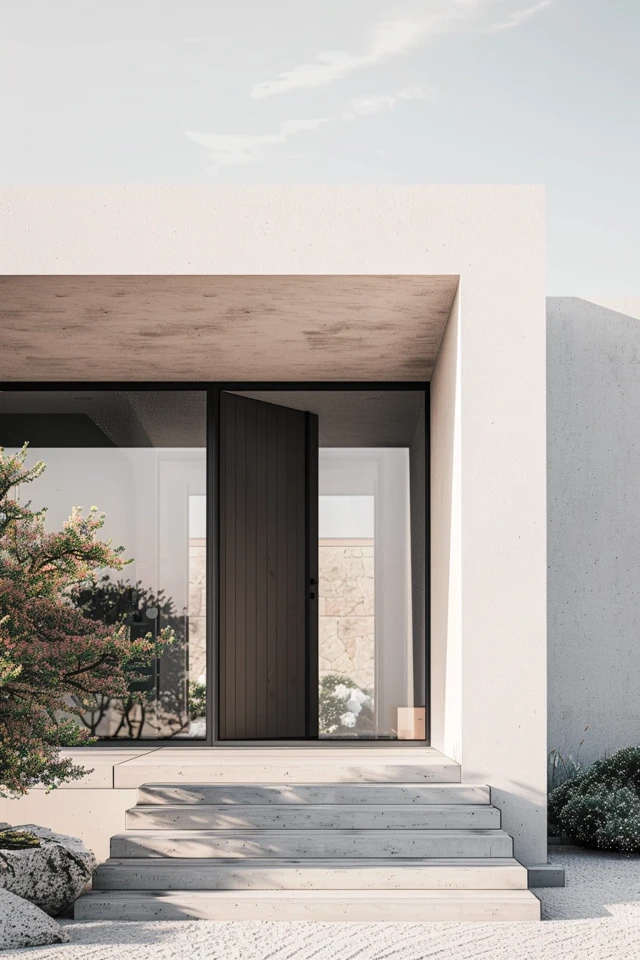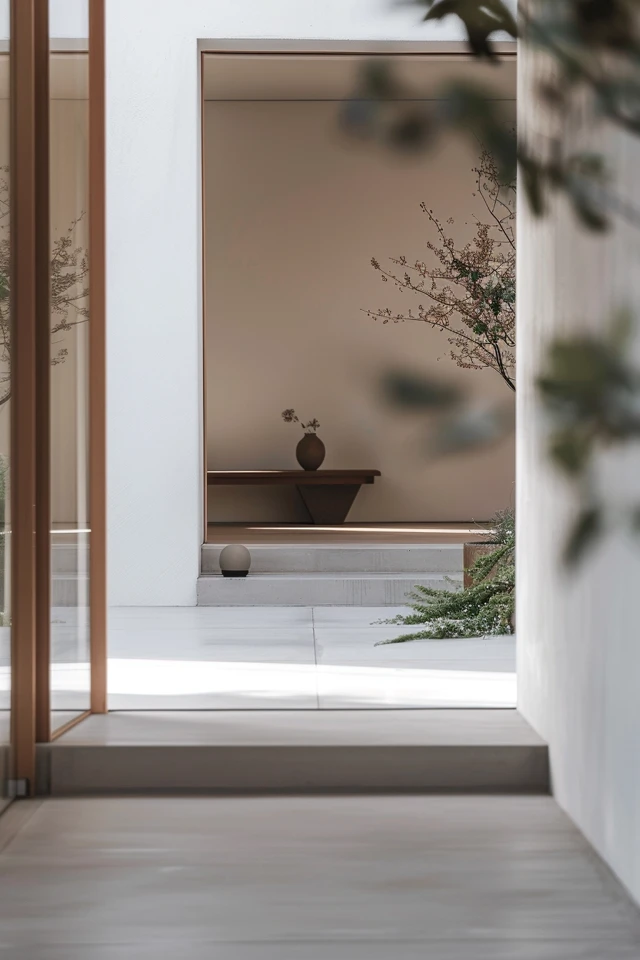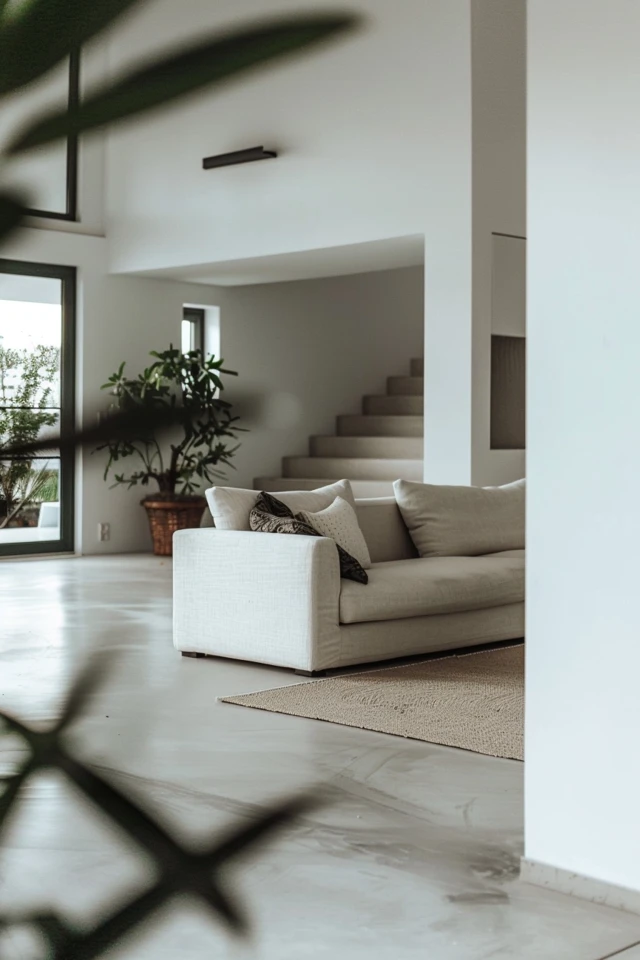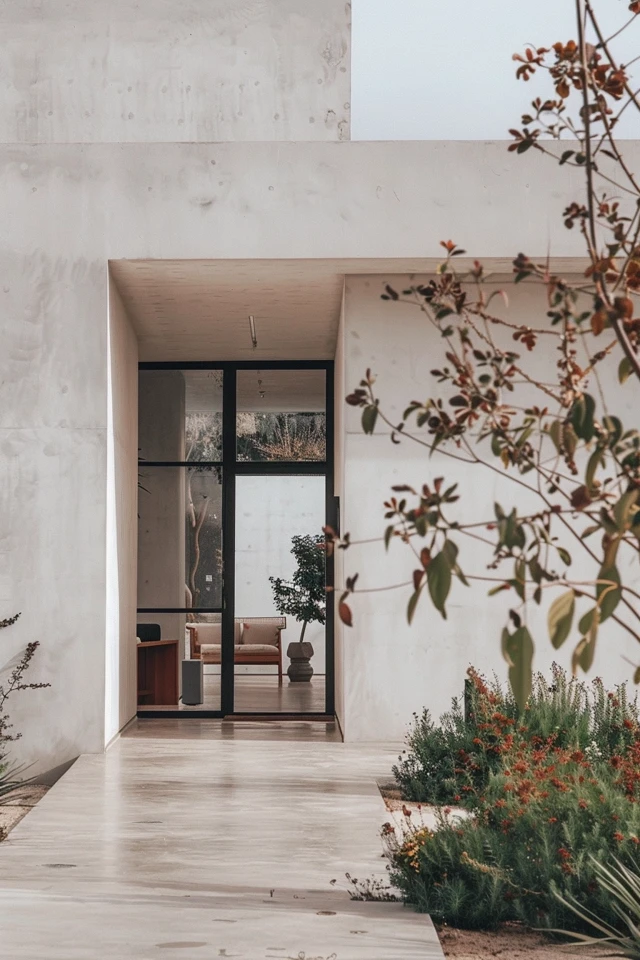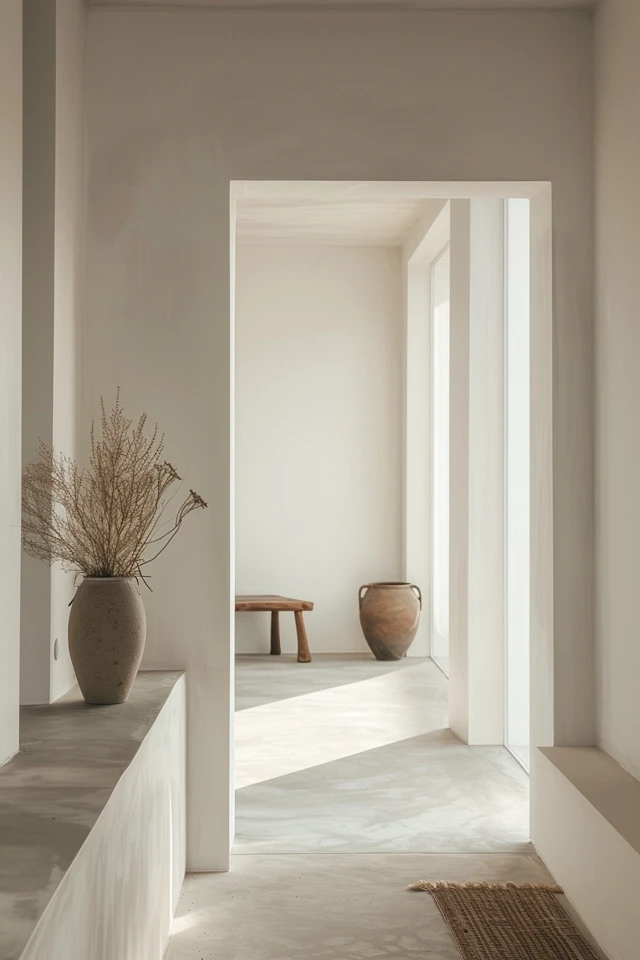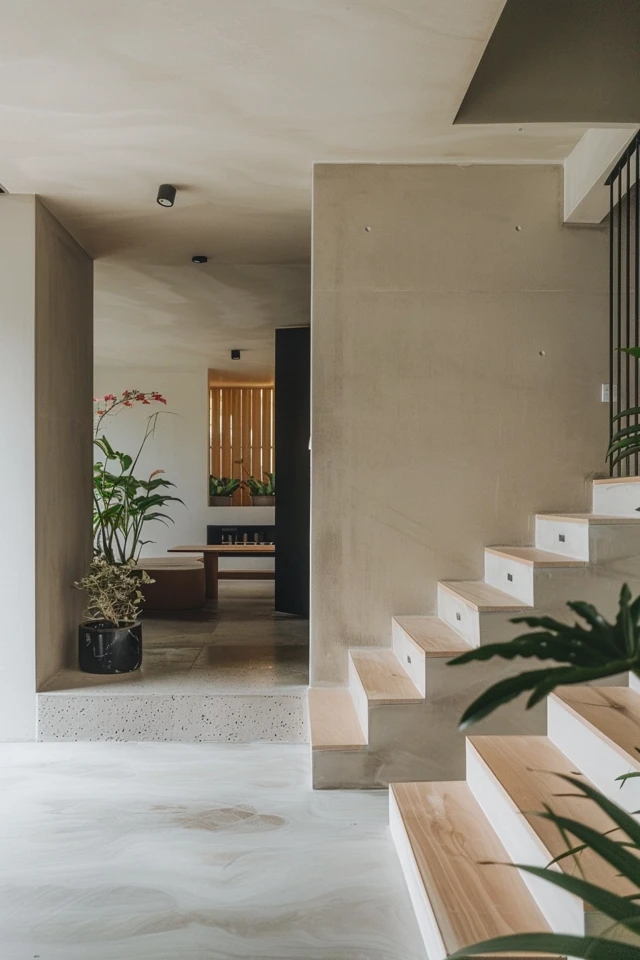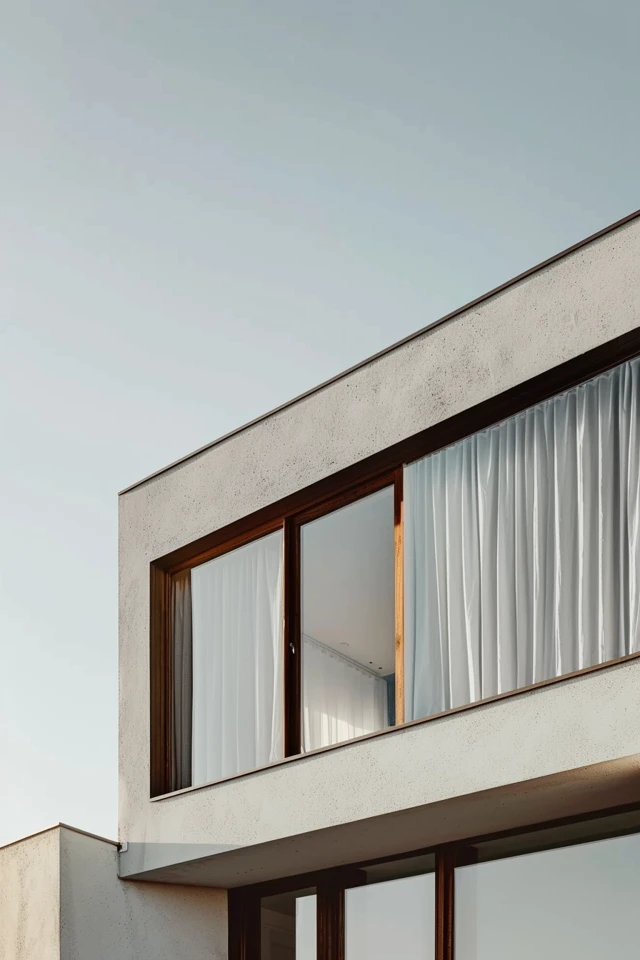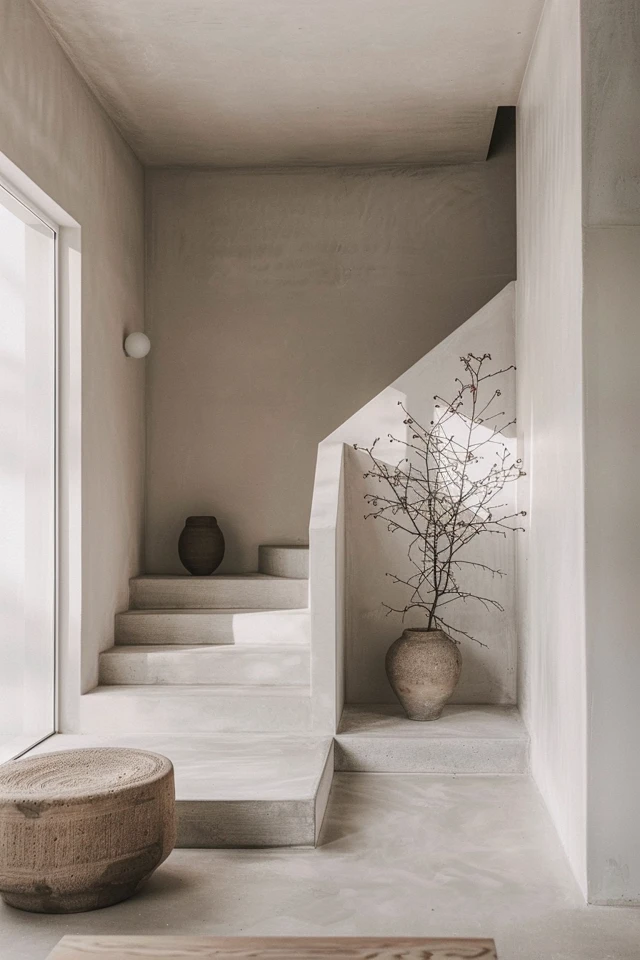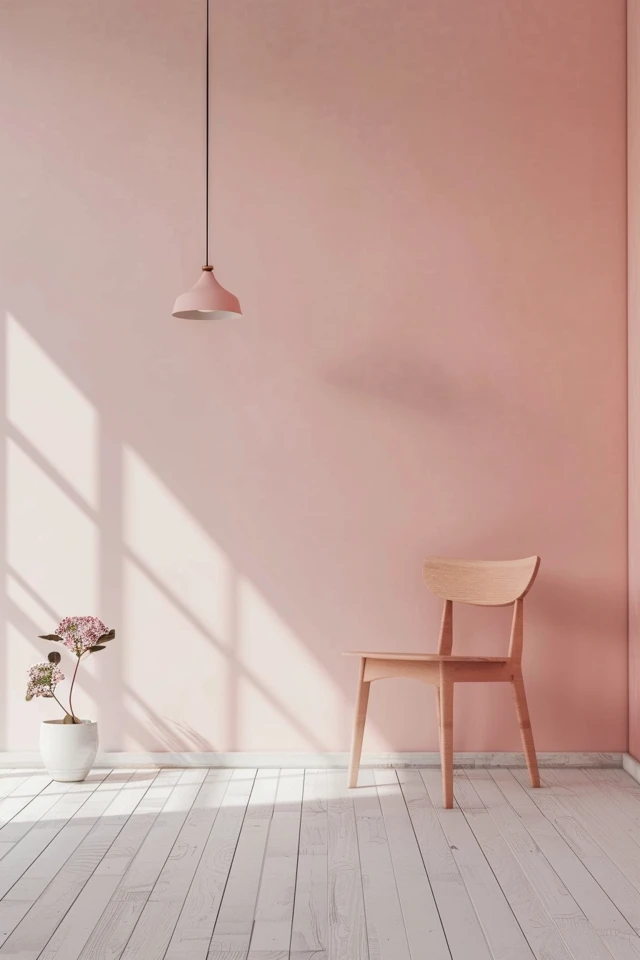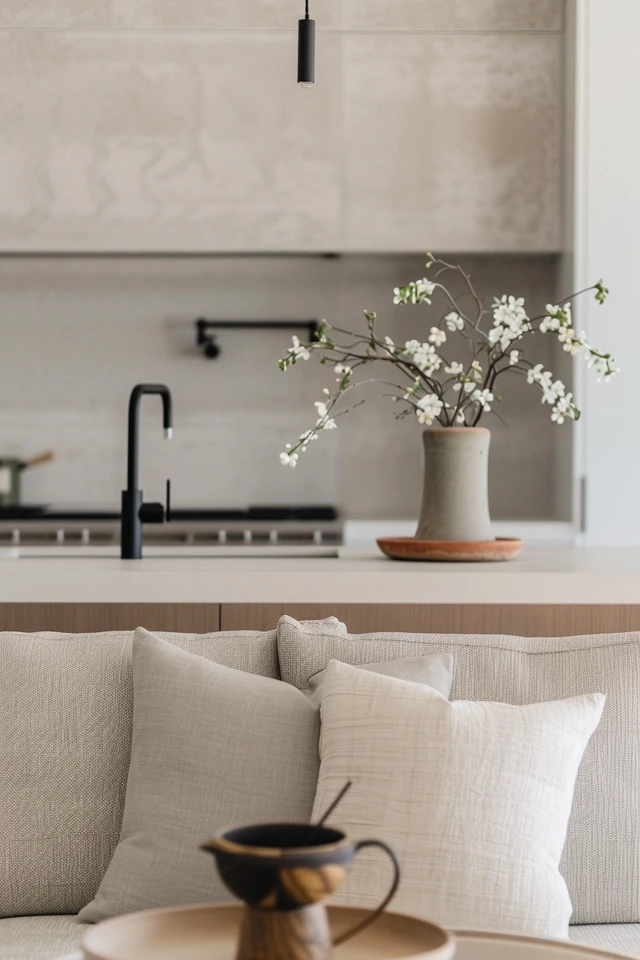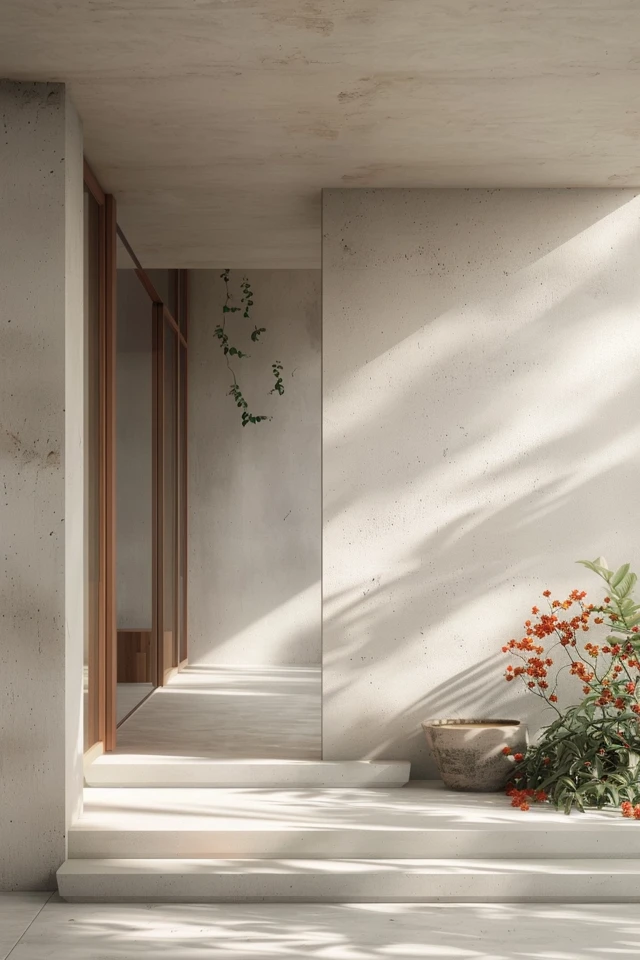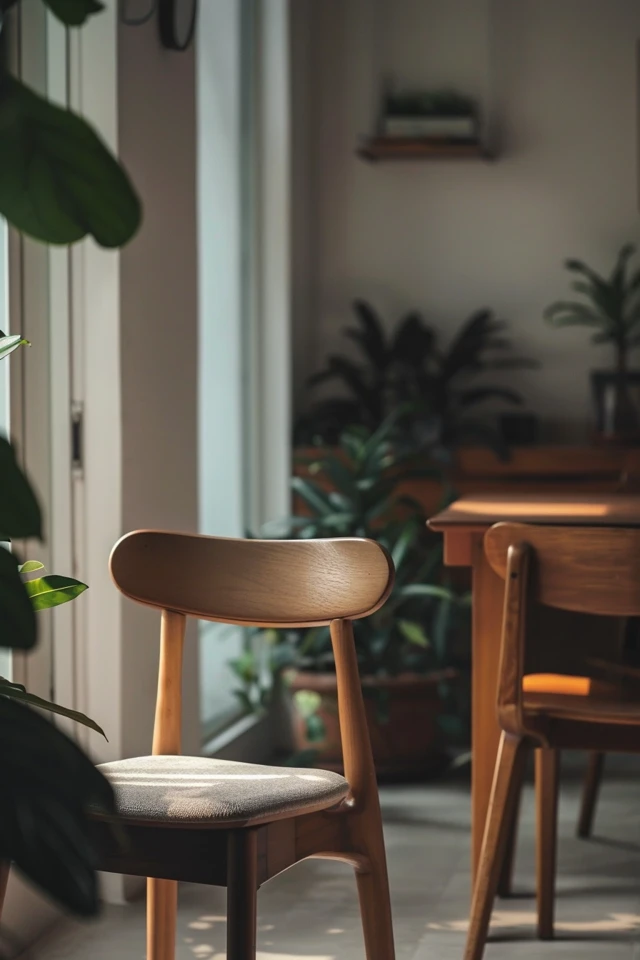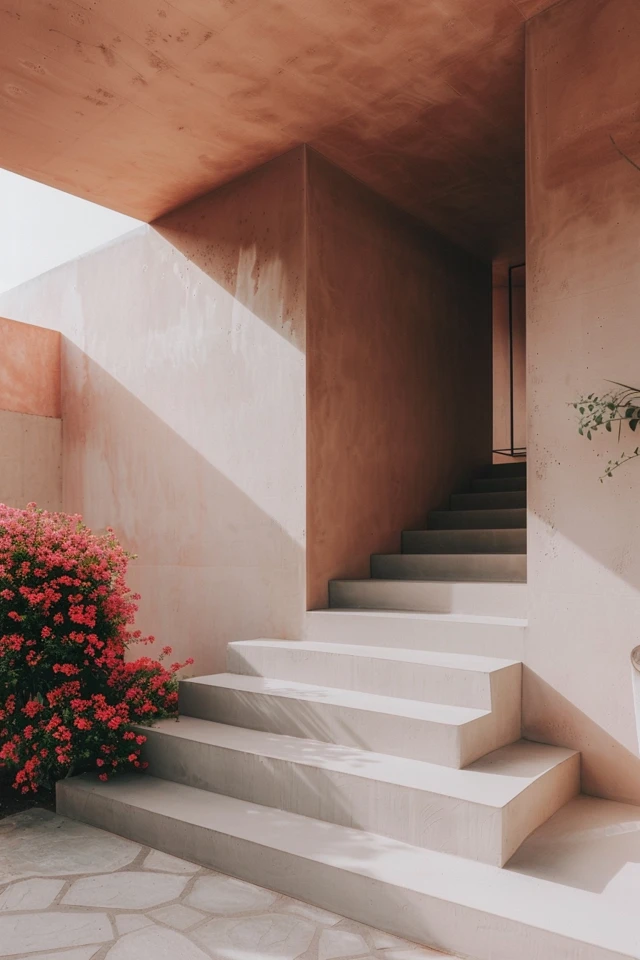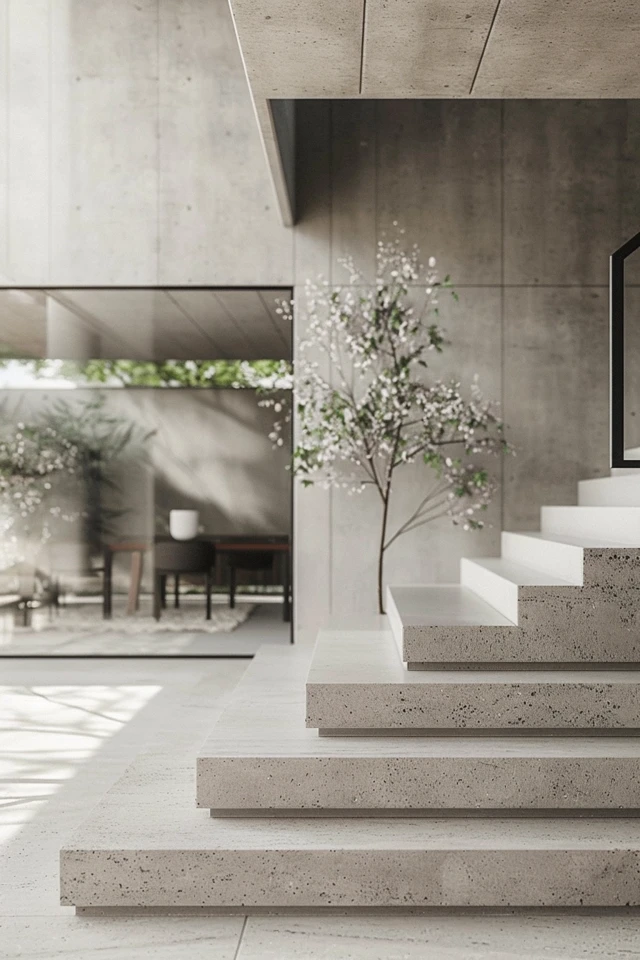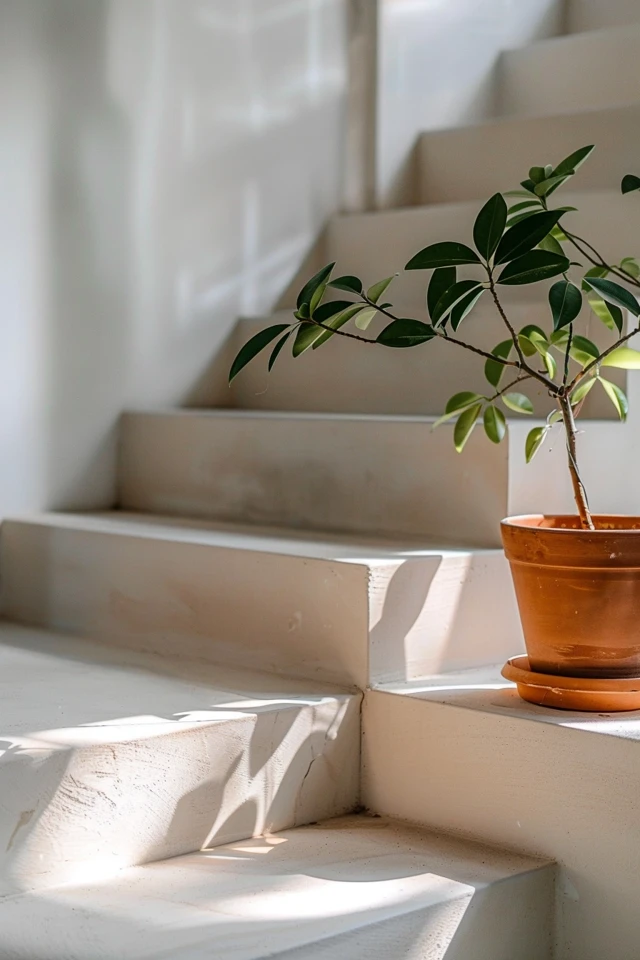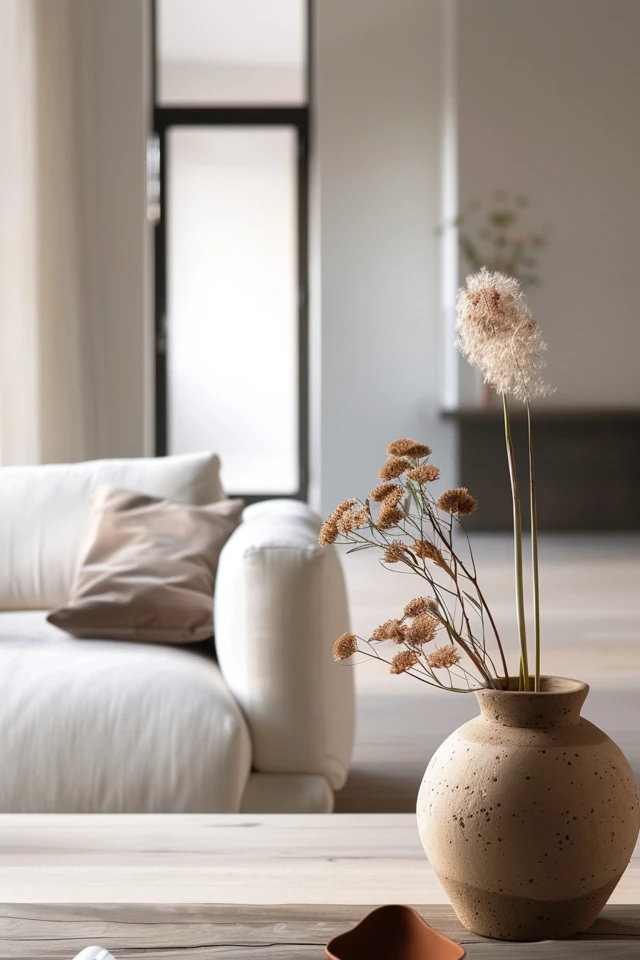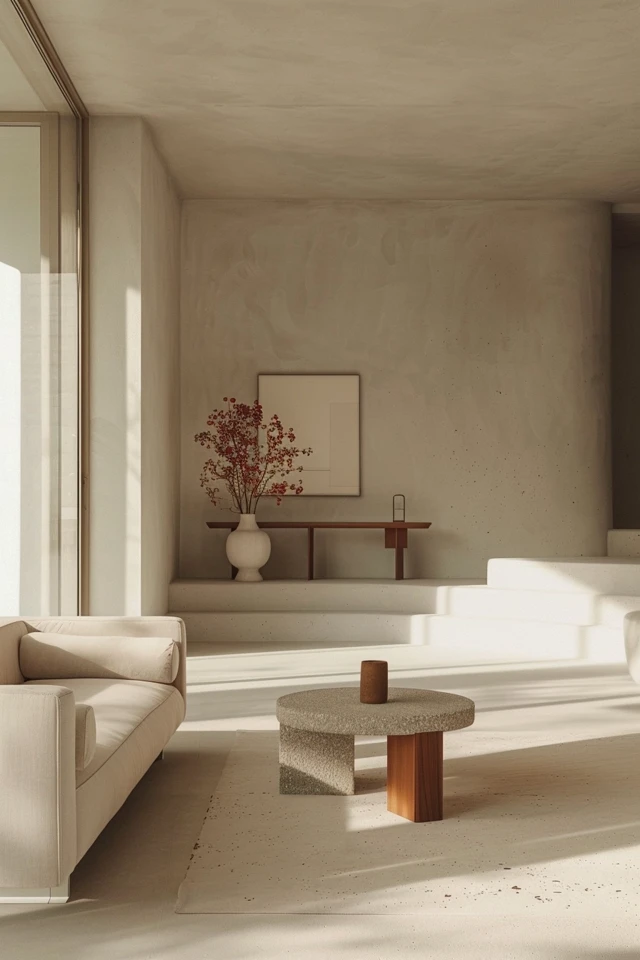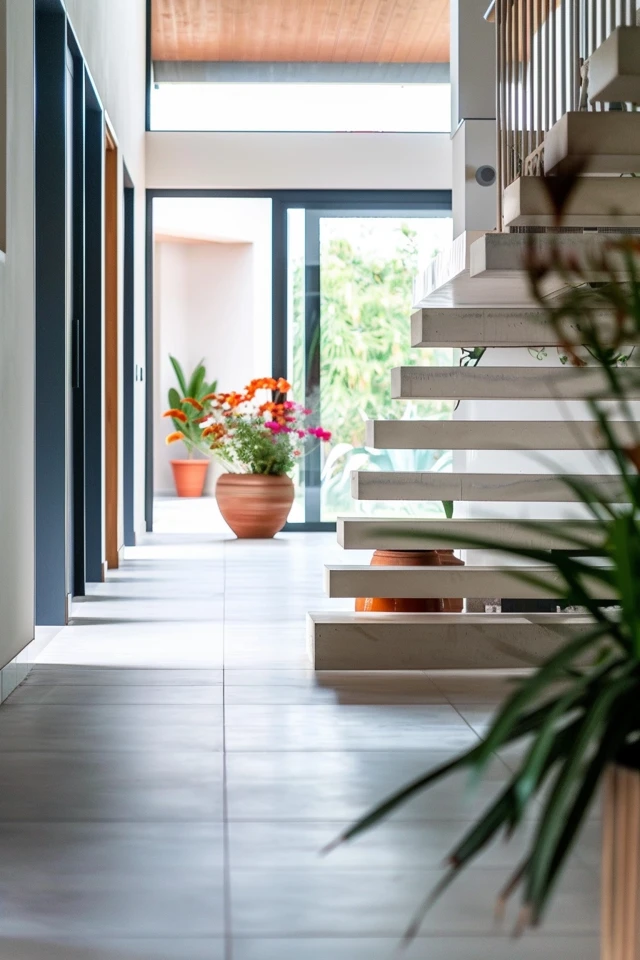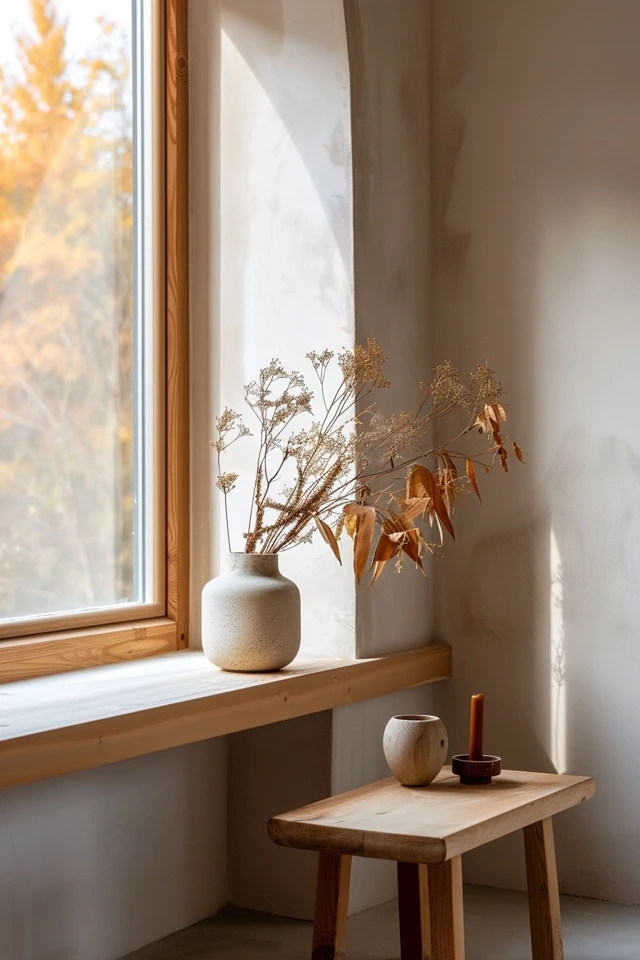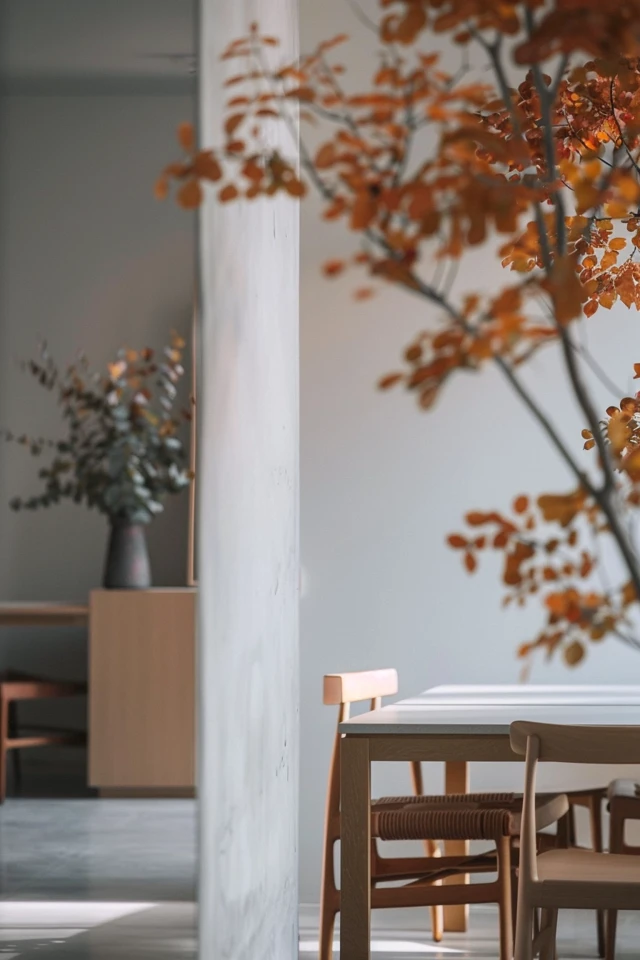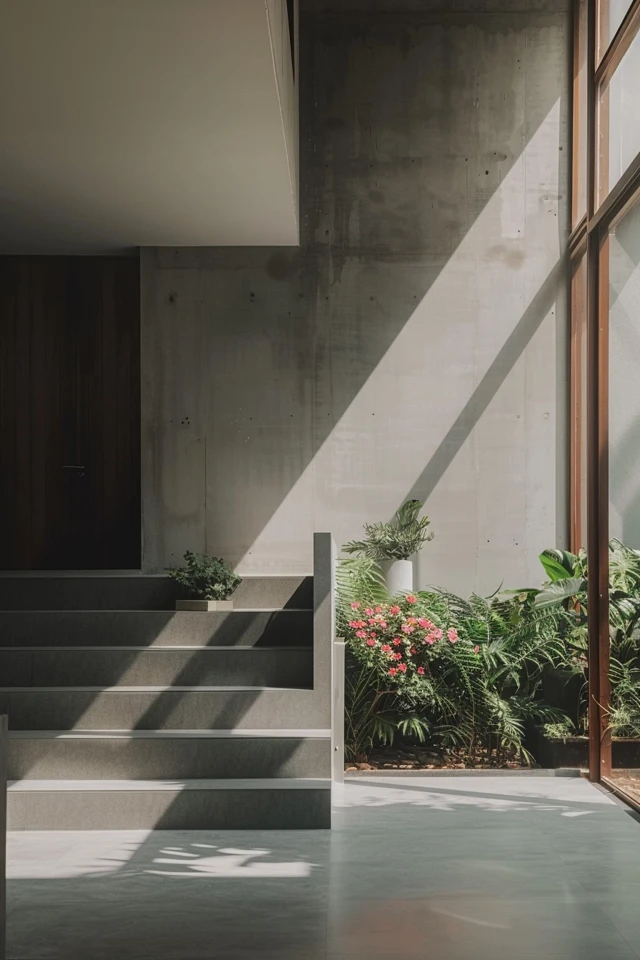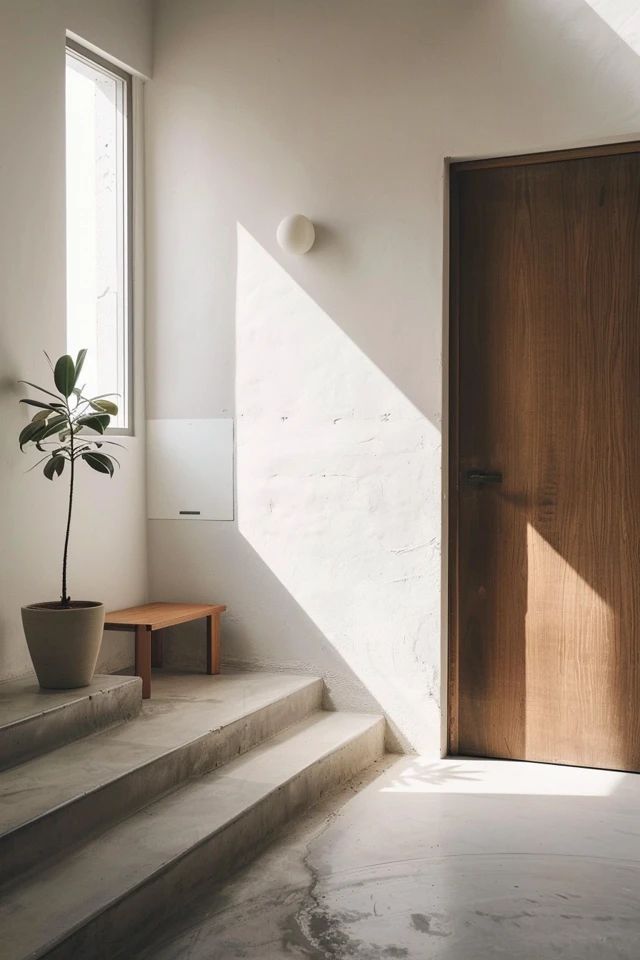Before Reading this Article, Hire Us As Your Designer or Take a Look at My Top 3 Amazon Picks!
If you are looking to blend Amazon's furniture finds with a personalized touch for your space, check out my portfolio, and hire us! You'll get 3 Idea boards, 2 Concept Boards, 2 Realistic Renderings, a Floor Plan, and a Shopping List! Everything's online, plus a 25% discount on your first online interior design project with my Havenly Promo code 4c7441bcfb. With over 2,000 designs since 2017 and top US brand partnerships, your project is in expert hands. US only. Ready to start?
Minimalist House Design Ideas: Embracing Simple Architectural Beauty
In a world increasingly filled with noise and clutter, the allure of minimalist house design has never been stronger. As an architect and interior designer with expertise in evidence-based design, I’ve witnessed firsthand how simplicity can transform living spaces into sanctuaries of peace and beauty. Minimalist architecture is about more than just aesthetics; it’s about creating a lifestyle that prioritizes clarity, function, and tranquility. This guide will explore various minimalist house design ideas to help you embrace the beauty of simplicity in your home.
Minimalist design principles emphasize clean lines, open spaces, and a focus on functionality. By reducing the unnecessary and emphasizing the essential, you can create a home that is both elegant and efficient. Whether you’re building a new house or renovating an existing one, these ideas will guide you in designing a minimalist home that reflects modern sophistication. From architectural elements to interior decor, we’ll cover everything you need to know to achieve a minimalist aesthetic.
Creating a minimalist house involves more than just stripping away excess; it’s about understanding how to balance form and function to create spaces that feel both serene and purposeful. By following these principles, you can design a home that not only looks beautiful but also supports a more intentional way of living. Let’s delve into the world of minimalist house design and discover how to embrace simple architectural beauty.
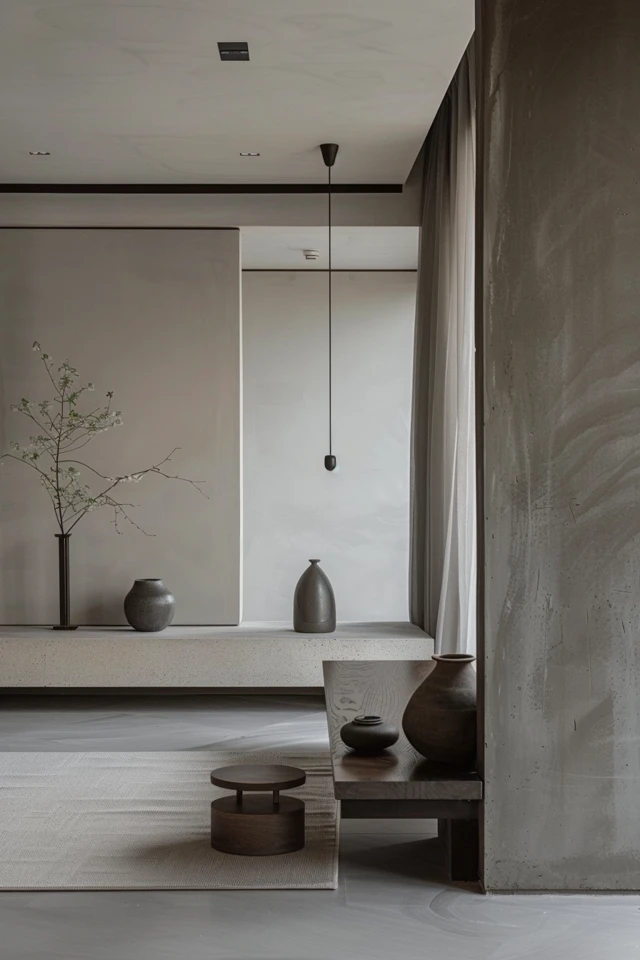
Key Takeaways:
- Focus on clean lines and open spaces for a modern look.
- Use a neutral color palette to create a calming atmosphere.
- Incorporate natural materials for warmth and texture.
- Optimize natural light to enhance the space.
- Prioritize functional and thoughtful design in every detail.
1. Focus on Clean Lines and Open Spaces for a Modern Look
The essence of minimalist architecture lies in clean lines and open spaces, which create a sense of order and tranquility.
Simple Geometric Shapes: Utilize simple geometric shapes in the design of your house. Square and rectangular forms with straight edges provide a clean and organized appearance.
Open Floor Plans: Design open floor plans to create a sense of flow and continuity between spaces. Open layouts make your home feel larger and more connected.
Minimalist Staircases: Opt for minimalist staircases with sleek, unembellished railings and simple steps. Floating stairs can add a touch of modernity and enhance the sense of openness.
Integrated Storage: Incorporate built-in storage solutions that blend seamlessly with the architecture. Hidden cabinets and closets keep clutter out of sight and maintain the clean lines of the space.
Minimalist Exteriors: Apply the same principles to the exterior of your home. Simple facades with large windows, flat roofs, and minimal ornamentation create a cohesive and modern look.

2. Use a Neutral Color Palette to Create a Calming Atmosphere
A neutral color palette is fundamental to minimalist design, creating a calming and harmonious environment that allows other design elements to stand out.
White and Off-White: Use white and off-white as the primary colors for walls, ceilings, and major furnishings. These shades create a bright and airy feel, making spaces appear larger and more open.
Gray and Greige: Incorporate shades of gray and greige for a sophisticated and versatile palette. These colors add depth and can be used for accent walls, furniture, and decor.
Beige and Taupe: Use beige and taupe to add warmth and softness to your home. These colors work well with natural materials and create a cozy, inviting atmosphere.
Soft Pastels: Introduce soft pastels like blush pink, mint green, and light blue for subtle touches of color. These hues maintain the minimalist aesthetic while adding a hint of personality.
Monochromatic Schemes: Consider monochromatic schemes using different shades of a single color. This approach creates a cohesive look that is both modern and serene.
3. Incorporate Natural Materials for Warmth and Texture
Natural materials are essential in minimalist design, adding warmth, texture, and a connection to the natural world.
Wood Elements: Use wood elements in flooring, furniture, and accents. Opt for woods like oak, walnut, and teak, which offer rich tones and durability.
Stone Surfaces: Incorporate stone surfaces like marble, granite, and slate for countertops, flooring, and backsplashes. Stone adds a luxurious and timeless element to your design.
Metal Accents: Use metal accents such as stainless steel, brass, and copper for fixtures, railings, and decorative items. Metals add a sleek and modern touch while maintaining the minimalist aesthetic.
Natural Textiles: Incorporate natural textiles like cotton, linen, and wool for upholstery, curtains, and rugs. These materials add a tactile element and enhance the cozy feel of your home.
Greenery: Add indoor plants to bring a touch of nature indoors. Plants like succulents, ferns, and snake plants are low-maintenance and add a fresh, vibrant feel to your space.
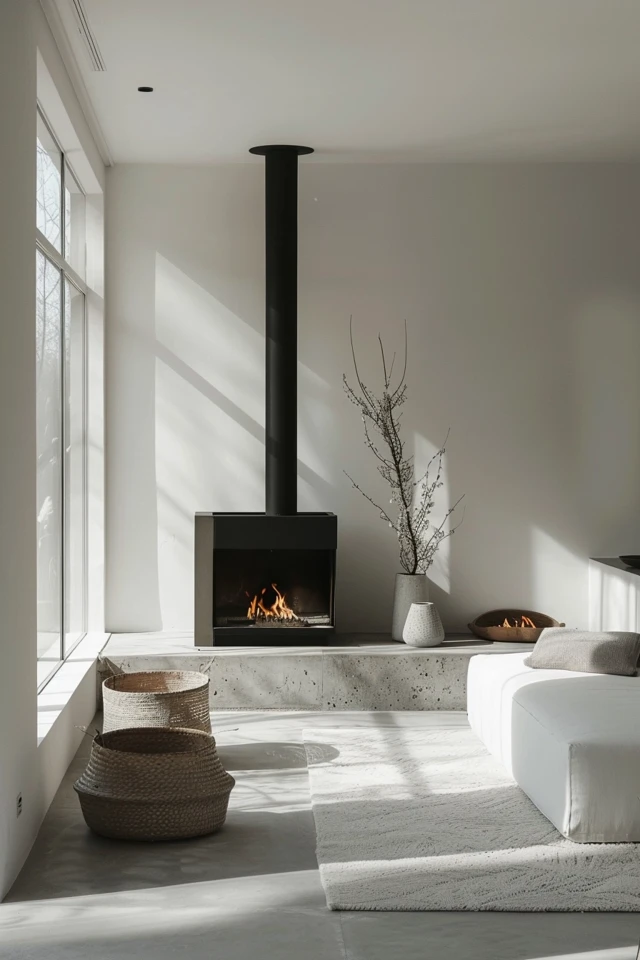
4. Optimize Natural Light to Enhance the Space
Natural light is a critical component of minimalist design, creating a bright and inviting atmosphere that enhances the sense of space.
Large Windows: Install large windows to maximize natural light and create a seamless connection between indoor and outdoor spaces. Floor-to-ceiling windows are particularly effective in minimalist homes.
Skylights: Use skylights to bring natural light into areas that may not have access to windows, such as bathrooms or hallways. Skylights can also create interesting light patterns and add architectural interest.
Glass Doors: Incorporate glass doors for patios, balconies, and terraces. Glass doors allow light to flow freely and extend the visual space beyond the walls of your home.
Light-Colored Surfaces: Use light-colored surfaces like white walls, pale flooring, and light furniture to reflect natural light and brighten the space.
Minimal Window Treatments: Opt for minimal window treatments like sheer curtains or blinds that allow light to filter through while providing privacy.
5. Prioritize Functional and Thoughtful Design in Every Detail
Functional and thoughtful design is at the heart of minimalist architecture, ensuring that every element serves a purpose and enhances the overall living experience.
Multi-Functional Furniture: Choose multi-functional furniture that can serve multiple purposes, such as storage beds, fold-out desks, and extendable dining tables. This approach maximizes space and reduces clutter.
Efficient Layouts: Plan efficient layouts that prioritize flow and functionality. Consider how each room will be used and arrange furniture to support those activities.
Integrated Technology: Integrate smart home technology to enhance convenience and efficiency. Automated lighting, climate control, and security systems can streamline daily tasks and improve the quality of life.
Sustainable Practices: Incorporate sustainable practices in your design, such as energy-efficient appliances, solar panels, and eco-friendly materials. Sustainability aligns with minimalist principles by reducing waste and promoting long-term well-being.
Attention to Detail: Pay attention to the details, from the placement of light switches to the selection of hardware. Thoughtful details contribute to the overall aesthetic and functionality of your home.
Conclusion
Embracing minimalist house design involves more than just a love for simplicity; it’s about creating a space that reflects clarity, functionality, and beauty. By focusing on clean lines and open spaces, using a neutral color palette, incorporating natural materials, optimizing natural light, and prioritizing functional design, you can create a home that is both elegant and purposeful.
As an architect and interior designer, I believe that minimalist design can enhance the quality of life by promoting a sense of calm and order. Whether you’re building a new house or renovating an existing one, these ideas will help you embrace the beauty of simplicity and create a living space that supports your well-being and lifestyle.
Remember, the key to successful minimalist design is to make it your own. By incorporating your personal style and preferences, you can create a home that not only looks great but also feels uniquely yours. Happy designing!
Inspirational Pictures
